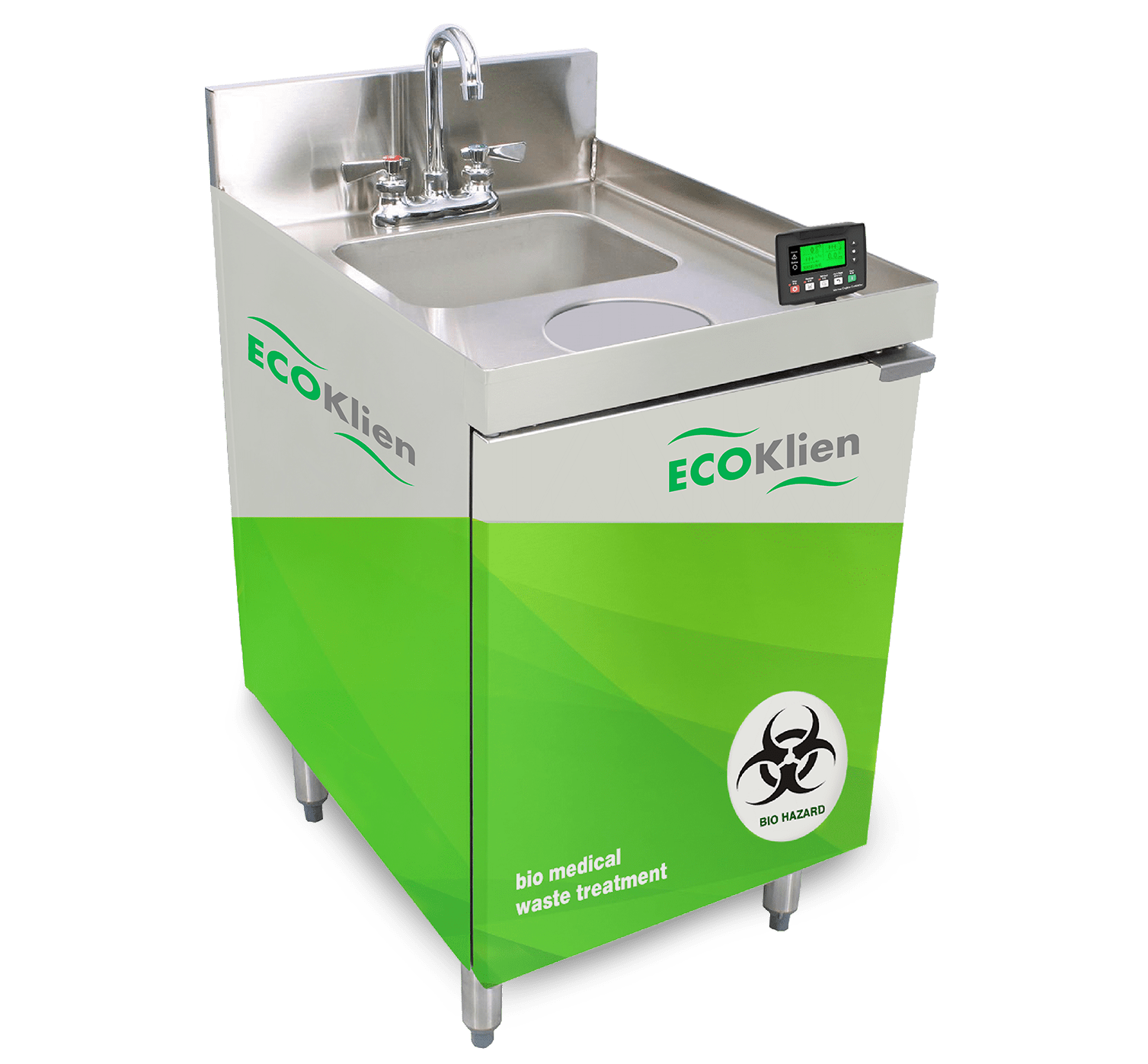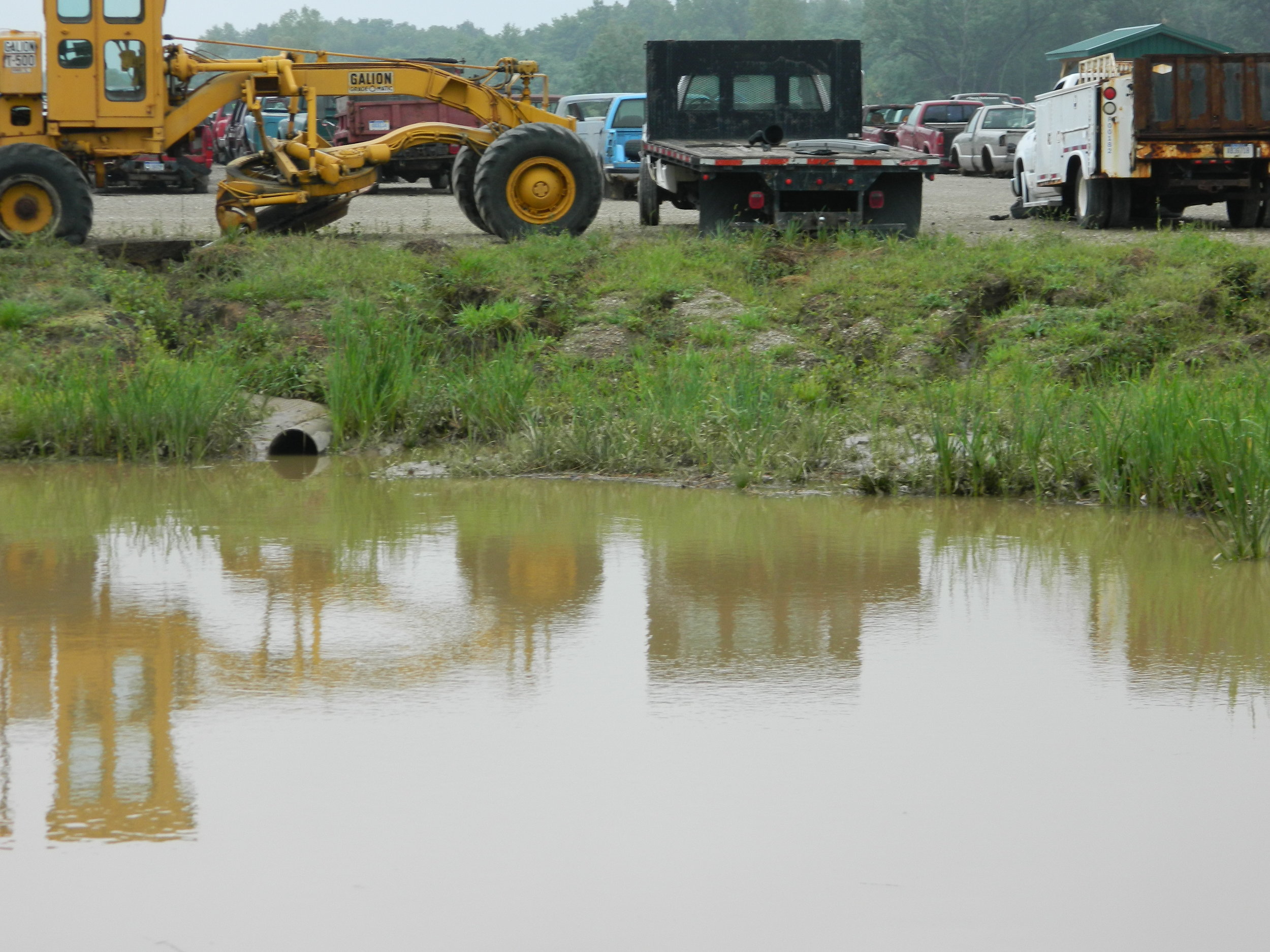Dependable Liquid Waste Disposal Melbourne: Safe and Reliable Providers
Dependable Liquid Waste Disposal Melbourne: Safe and Reliable Providers
Blog Article
Just How Fluid Waste Disposal Works: A Detailed Overview of Techniques and Technologies Used

Review of Liquid Waste Types
The complexity of fluid waste kinds demands an extensive understanding of their attributes and ramifications for disposal. Fluid waste can broadly be categorized into several kinds, including commercial, metropolitan, farming, and contaminated materials. Each group shows unique residential or commercial properties, needing particular management strategies to mitigate environmental and health and wellness dangers.
Industrial liquid waste originates from making procedures and typically includes a range of impurities, such as hefty metals, solvents, and organic compounds. Metropolitan fluid waste, mostly making up wastewater from households and business establishments, contains raw material, nutrients, and pathogens (industrial wastewater treatment). Agricultural fluid waste, consisting of overflow from farms, might consist of fertilizers, chemicals, and pet waste, positioning threats to water high quality and ecological communities
Dangerous fluid waste is defined by its poisoning, sensitivity, or prospective to cause harm. Comprehending these diverse liquid waste kinds is crucial for creating effective disposal approaches and ensuring compliance with environmental guidelines.
Physical Therapy Approaches

Screening is the first action, where larger fragments and particles are gotten rid of from the liquid waste using displays or grates. This procedure protects downstream equipment from damages and ensures smoother procedure. Adhering to screening, sedimentation uses gravitational force to different solids from fluids. In sedimentation storage tanks, much heavier particles work out at the bottom, forming a sludge layer, while the clarified fluid can be additional treated.
Purification is one more vital method that entails passing the fluid through permeable materials, such as sand or membranes, to record smaller particles. This step boosts the high quality of the liquid, making it ideal for subsequent treatment processes.

Chemical Treatment Methods
Chemical treatment strategies are vital for effectively handling liquid waste, especially in attending to dissolved and colloidal pollutants that physical methods might not adequately eliminate. These strategies use numerous chemical agents to counteract, precipitate, or transform dangerous substances into much less hazardous types.
One usual method is coagulation and flocculation, where chemicals such as alum or ferric chloride are contributed to advertise the gathering of suspended Continue bits. This procedure enhances sedimentation, permitting much easier elimination of the resulting sludge. Additionally, oxidation processes, utilizing representatives like chlorine or ozone, are employed to damage down complex organic substances and virus, rendering the waste much safer for discharge or additional treatment.
Neutralization is an additional critical method, which changes the pH of acidic or alkaline waste streams to neutral degrees, protecting find here against prospective injury to downstream systems and the environment. Additionally, advanced oxidation processes (AOPs) use mixes of oxidants and ultraviolet light to deteriorate relentless toxins, attaining a greater degree of therapy performance.
Biological Therapy Procedures
Organic treatment procedures play an essential duty in the management of liquid waste by utilizing microorganisms to break down natural matter and minimize pollutant levels. These processes can be extensively categorized into aerobic and anaerobic treatments, each employing particular microbial communities to achieve reliable waste degradation.
Aerobic therapy entails using oxygen to help with the malfunction of organic materials by bacteria. This process is commonly executed in turned on sludge systems, where oygenation storage tanks offer a helpful atmosphere for microbial development, causing the oxidation of organic pollutants. The resultant biomass can be divided from treated effluent through sedimentation.
On the other hand, anaerobic therapy happens in the absence of oxygen, relying upon various germs to damage down raw material. This approach is especially beneficial for high-strength waste, as it generates biogas, a renewable resource source, while reducing sludge manufacturing. Technologies such as anaerobic digesters are frequently used in commercial and local applications.
Both anaerobic and cardio biological therapies not only decrease the ecological impact of visit here fluid waste but additionally help with source healing, making them vital parts of sustainable waste monitoring techniques. Their flexibility, effectiveness, and effectiveness support their extensive execution across different fields.
Emerging Technologies in Disposal
Ingenious strategies to liquid waste disposal are quickly advancing, driven by improvements in innovation and an increasing emphasis on sustainability. Among these arising modern technologies, membrane bioreactors (MBRs) have acquired grip for their ability to combine biological treatment with membrane layer purification, resulting in premium effluent that can be recycled in numerous applications. MBRs make it possible for smaller footprints and more effective operations compared to standard systems.
One more appealing growth is making use of anaerobic digestion combined with nutrient recovery technologies, which not only treats liquid waste but also produces biogas and recovers important nutrients like nitrogen and phosphorus. This double benefit enhances resource efficiency and decreases environmental impact.
Additionally, advanced oxidation processes (AOPs) are being embraced for the deterioration of complicated organic pollutants. These methods make use of powerful oxidants and drivers to break down contaminants at the molecular degree, supplying a very efficient option for difficult waste streams.
Furthermore, the combination of expert system and artificial intelligence in waste monitoring systems is maximizing operational efficiency and anticipating maintenance, leading to reduced costs and improved environmental compliance. These modern technologies reflect a considerable change in the direction of even more effective and lasting fluid waste disposal practices.
Verdict
In conclusion, effective fluid waste disposal necessitates a detailed understanding of numerous techniques and innovations. By continually progressing these approaches, it ends up being feasible to address the growing difficulties linked with liquid waste, inevitably adding to environmental protection and resource healing.
Liquid waste disposal is a critical element of ecological monitoring, calling for a comprehensive understanding of different methods and modern technologies tailored to different waste types. Liquid waste can broadly be categorized into several types, including industrial, community, agricultural, and dangerous waste. Agricultural liquid waste, including runoff from farms, may include fertilizers, pesticides, and animal waste, posing risks to water quality and ecological communities.
Various physical treatment methods play a vital function in handling liquid waste efficiently - industrial wastewater treatment.In conclusion, effective liquid waste disposal necessitates a thorough understanding of different methods and technologies
Report this page